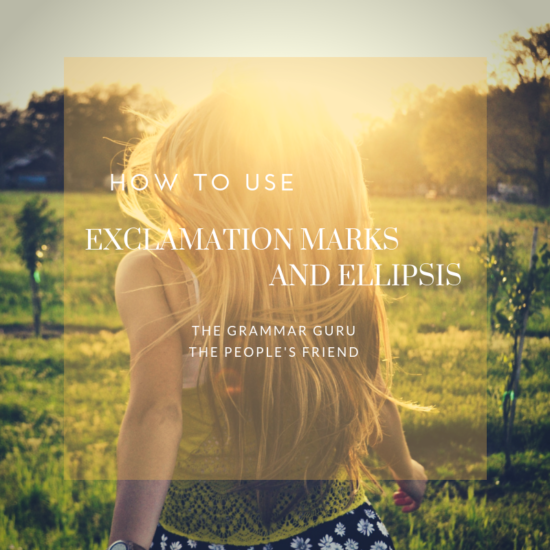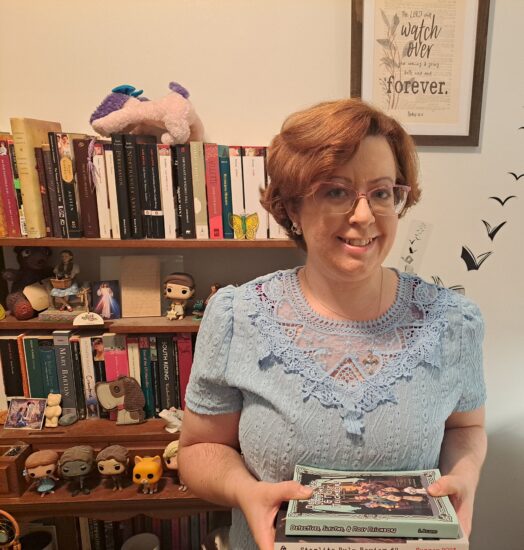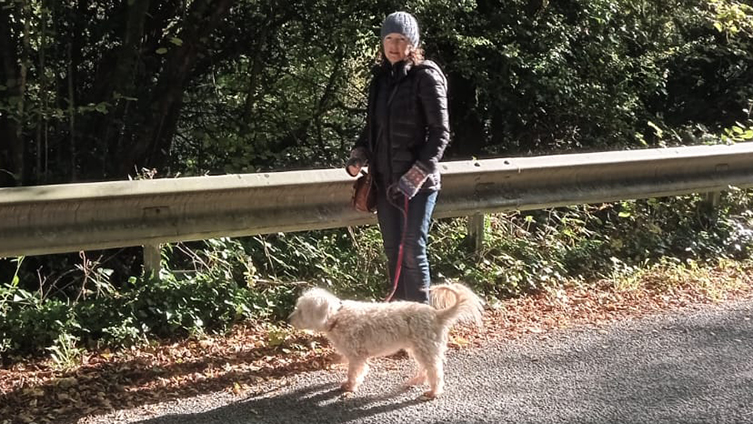
The Grammar Guru knows everyone can use a full stop . . . but what about three in a row?
And when is it acceptable to use an exclamation mark? Not sure? Read on!
Going Dotty
The ellipsis, as you can see from above, is a set of three periods or “dots”. Each dot has a single space between it, and it is commonly used to indicate an omission of words or a pause in thought. It marks a longer pause than a dash, and can be used to good effect in dialogue:
“I’d like to see you again . . . if you want to, that is.”
The use of ellipsis can also serve as an alternative to “etc.”.
For example, when describing similar items on a list: I like equestrian events such as show-jumping, racing, dressage . . .
When a sentence ends with an ellipsis, always use three dots. However, if you finish with a question, then use three dots followed by a question mark:
“Do you like equestrian events such as show-jumping, racing, dressage . . .?”
Making A Point
What about exclamation marks?
This type of punctuation is used when signifying surprise, a command or some other form of heightened emotion:
Come here this instant!
An interjection – the act of uttering exclamations – is often followed by an exclamation. Wow! Oh, man!
Similar to ellipsis usage, don’t overdo exclamation marks.
They can be used to good effect in writing if used sparingly, but overuse looks like the writer is trying too hard to make a point. And if you are going to use an exclamation, please only use one.
Working in fiction, I see a lot of writers misusing ellipsis and exclamation marks. And I can safely say, 90% of the time they aren’t required.
Instead, a little description or detail can go a long way in writing and can help set up scenes accordingly.
Read more from the Grammar Guru by clicking on the tag below.
Want to get down to some writing? Take a look at our Writing Prompts for some inspiration!




